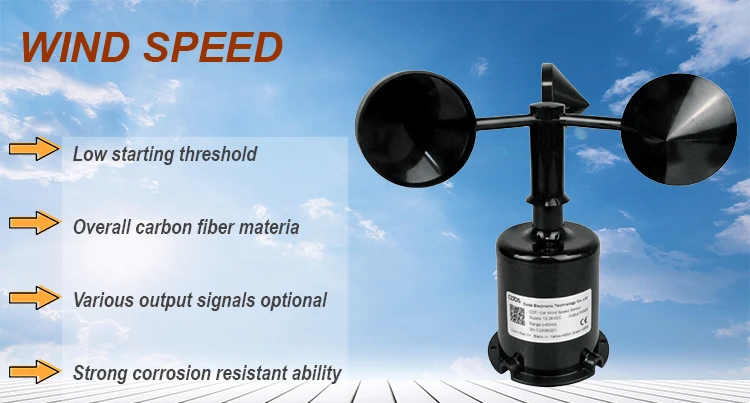
html
Anemometer: Instrument for Measuring Wind Speed
Wind speed is a critical factor in various fields, from meteorology to aviation and renewable energy. To accurately measure wind speed, scientists and engineers rely on a specialized instrument called an anemometer. This device plays a vital role in weather forecasting, environmental monitoring, and even sports like sailing.
What Is an Anemometer?
An anemometer is a scientific instrument designed to measure the speed and sometimes the direction of wind. The word “anemometer” comes from the Greek word “anemos,” meaning wind. These devices are essential tools for meteorologists, pilots, and researchers studying climate patterns.
Types of Anemometers
There are several types of anemometers, each with its own method of measuring wind speed:
1. Cup Anemometer
The most common type features three or four cups mounted on horizontal arms. As wind blows, the cups rotate, and the speed of rotation corresponds to wind speed.
2. Vane Anemometer
This type combines a propeller with a tail vane to measure both wind speed and direction. The vane keeps the propeller facing into the wind for accurate measurements.
3. Hot-Wire Anemometer
Using a heated wire, this electronic anemometer measures wind speed by detecting how quickly the wind cools the wire. It’s particularly useful for measuring low wind speeds.
4. Sonic Anemometer
This advanced type uses ultrasonic sound waves to measure wind speed and direction without any moving parts, making it highly accurate and durable.
How Anemometers Work
The working principle varies by type, but most anemometers convert wind motion into measurable data:
- Cup anemometers count rotations per time period
- Vane anemometers measure propeller rotations
- Hot-wire models track electrical resistance changes
- Sonic versions time sound wave transmission
Applications of Anemometers
Anemometers serve numerous important functions:
- Weather forecasting: Providing data for accurate predictions
- Aviation: Ensuring safe takeoffs and landings
- Wind energy: Assessing potential wind farm sites
- Agriculture: Monitoring conditions for crop spraying
- Construction: Ensuring worker safety in high winds
Choosing the Right Anemometer
When selecting an anemometer, consider:
- Measurement range needed
- Accuracy requirements
- Environmental conditions
- Data recording capabilities
- Portability needs
From simple mechanical models to sophisticated digital systems, anemometers continue to evolve, providing increasingly precise wind speed measurements for countless applications.
Keyword: instrument measure wind speed
